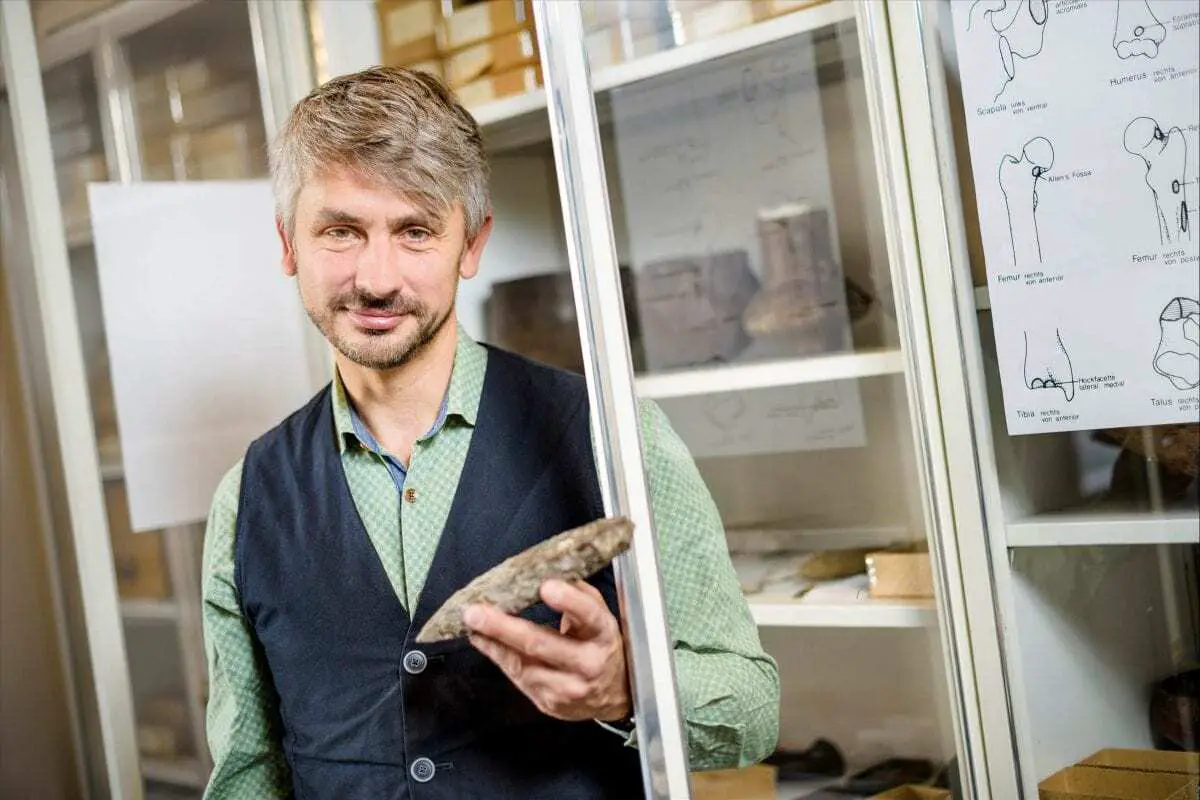Since 1993, several bodies and body parts have been accidentally discovered in a salt mine near the village of Hamzehlu in north-western Iran.
Even though they originated in an era before the birth of Christ, they have been preserved in salt with their skin and hair and even their clothes intact. Researchers have been reconstructing the cause of their death and the culture in which they lived in the course of the project “Salt mummies and salt mine of Chehrābād, Zanjān, Iran”, funded by the German Research Foundation. Professor Thomas Stöllner, archaeologist at Ruhr-Universität Bochum and coordinator of the project, discussed the work in the science magazine Rubin.
On the site of the Douzlākh mine, where rock salt was mined well into the 20th century, a mine had existed as far back as 700 BC, which was continuously in operation until 400 AD. “Parts of the old mine are accessible from above, opening up unique opportunities to expand our understanding,” says Thomas Stöllner.
In addition to mummies, the researchers also unearthed many well-preserved clothes, pots – some of them still containing food residue – and wooden tools. According to official count, six bodies have been retrieved from the old mine to date; but the researchers have estimated that the finds contain parts of two other bodies.
Disaster at excavation site can be explained
According to the reconstructions by researchers from Bochum and Oxford, at least three disasters must have occurred in the mine. Between 405 and 380 BC, parts of the mine collapsed, possibly due to an earthquake. Another cave-in happened approximately 300 AD, and a third one between the 5th and 6thcentury AD.
According to Stöllner, the most spectacular find is so-called Mummy No. 4: a 15 to 16-year-old boy from the Achaemenid Empire, i.e. the era of the First Persian Empire, who died in the first cave-in in the mine. The researchers reconstructed the disaster in detail at the excavation site; they successfully identified, for example, the salt blocks that killed the boy.
Stored in salt, the bodies have shrunk a bit, but all organs have been preserved. “It’s as if they’d died yesterday,” explains Stöllner. Based on three-dimensional tomographic scans taken in a hospital in Teheran, the researchers from Zürich reconstructed the inside of the body in the course of the project. The images showed, for example, fractures to the young worker’s skull and thorax and his lacerated interior organs.
Origins of the bodies can be identified
By now, the project team has found out much more about the boy. “We know that he was a well-nourished young man, probably from Central Asia or from the Caspian Sea,” says Stöllner. The researchers, in collaboration with colleagues from the University of Oxford, have been determining the origins using isotopic analyses. Isotopes are variants of a chemical element which differ in neutron number in the nucleus and vary in weight. Certain isotopes of oxygen and nitrogen indicate a person’s diet, which can be indicative of a specific region of the world – in the boy’s case, it is typical of the Caspian Sea or Central Asia.
As Thomas Stöllner says, it is not surprising that foreigners worked in the mine. “The Achaemenid Empire was huge. We know from written sources that there were interrelationships among all parts of the Empire as well as a high level of mobility – just like in the EU today,” he explains.
Header Image – Prof. Dr. Thomas Stöllner © Damian Gorczany





